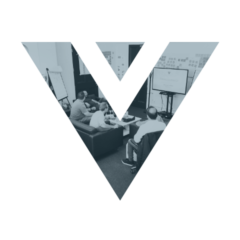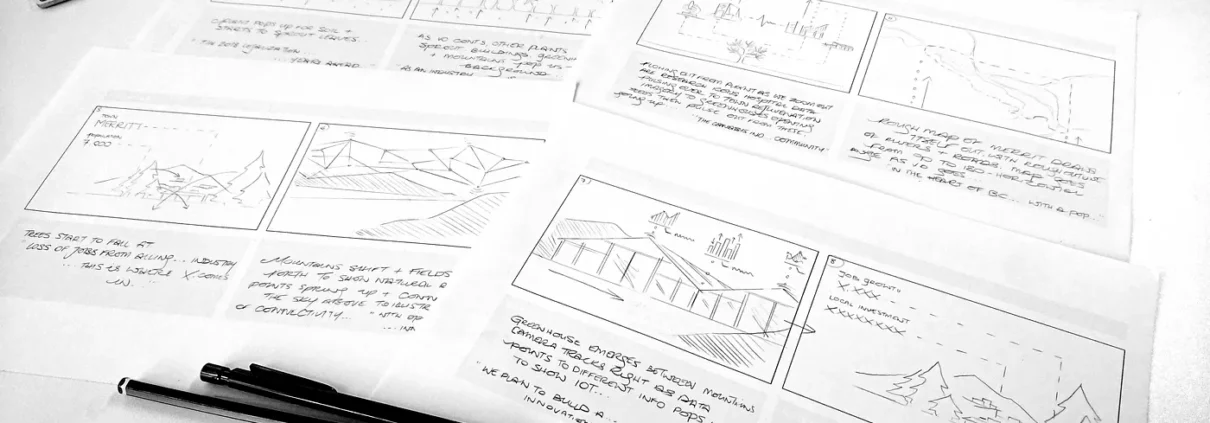Designers: Pay the bills but don’t forget to feed your soul
I’ve been an increasingly passionate gardener since I moved in with my partner two years ago. Not that I’m particularly deft in my green fingers, it’s more that I was inspired by the fact I managed to not kill the first plant he’d ever given me a fortnight after I got it. He was my lucky charm, his name is Steve the Orchid, he’s still alive to this day and his army has expanded to a load of other orchids, a back garden that has boasted some incredibly tasty vegetables as well as some stunning summer flowers.
But there’s something about the act of keeping everything maintained. Nurturing everything the way it needs to be nurtured. Pulling back the weeds, raking the leaves, clearing out the waste. Water, rinse, repeat…
It’s life. It’s work. And its results are beautiful.
I was in a position this week to see how important it was to maintain my own creative garden as it were – overused metaphor be damned, I care not…
If you don’t nurture, things won’t thrive.
If you never weed, you end up with a mess.
And in the classic case of the man who wanted to win the lotto, but never bought a ticket… If you don’t plant, things won’t grow.
I’m incredibly lucky.
I am in a role that allows me to engage with so many areas of my creativity. Not many people can boast such a luxury. Evolving concepts, designing, story-boarding, developing brand identities, copy-writing as well as engaging in my love for psychology, constantly studying and expanding my knowledge and understanding of human behaviour… And that’s just dealing with coffee-free clients first thing on a Monday.
Being a UX Director gives me so much space to contribute and give value.
But being my best in my role involves me being the best version of myself. Healthy. Rested. Authentic. Inspired.
I remembered all of a sudden recently what happens to the person who doesn’t stop to smell the flowers enough:
- When you push yourself too hard, your body may decide when it’s time for you to stop.
- When you do what you do in the same way for too long, just because it’s comfortable, reliable, fast… you risk being left behind in your field.
- When you’re stuck on a loop of constant delivery, you risk to forget, or worse, lose the love for what you do.
Finding inspiration
True inspiration though comes from deeper places, which tend to not be from work. These speak to the core parts of yourself that don’t tend to pay bills but feed your soul. I’m talking about the things you want to do but don’t necessarily have scheduled into your life.
Passion projects, volunteering, life drawing classes, the book you wanted to read, the book you wanted to write, the graphic novel you wanted to draw, all the mad and fantastic places in London that you still have to visit… Not all these things may be creative in their nature, but the dividends of paying attention to them result in better and happier work.

Squeezing in the time for illustration. Created for the incredible stories of Pierre Saliba.
Nurturing the person you want to be
When you become too one-track minded, all the parts of the person you want to be are screaming for attention. Denying them means denying you being what you believe is your true and authentic self and this is going to really impact on your mood and how you feel about yourself.
Whereas on the other hand, taking initiative over your passion and actively incorporating it into your life means you are nurturing all areas of who you are, of what’s important to you and what makes you happy. Then it’s a ripple effect from there because being happier makes you work better.
Nurturing your passions
I have a lot to learn from my partner about nurturing passion. He is, by day, an incredibly skilled consultant; by night, he is feeding his soul by carving out time for his passion, which is music. Whether he’s songwriting, composing or just rehearsing, he daily addresses his creative needs and I admire his dedication to them so much.

The stance of a man who has let his weeds get the better of him. Created for Pierre Saliba and Ars Ludendi.
Takeaways
What I’ve learned from this little educational moment in my timeline…
- I’m useless if I’m tired.
I’m useless if I’m sick. I’m useless if I’m not in good enough health, mentally and physically, to see the wood from the trees. Sleep is the greatest healer so I need to ensure I get enough of it. - I need to schedule in the things that I want.
That’s my responsibility- Only I can give myself the gift of time.
Take the Anthony Robbins method: Write down all the traits of the person you want to be, think about what that person does and set an action plan with immediate actionable items scheduled in with a specific time allotted to it to bring you one step closer to that. - Take the time to think about and do what you love.
Being able to fit in some old school loves of mine, like pencil illustration (like contributing to Pierre’s wonderful projects above), poetry, mapping out elements for a potential book project… every little effort, every line drawn, every word written, fed back a little more of myself back into this tired person. Sometimes it’s sleep that you’re missing. Other times, it’s the thing that drove you in the first place. - Tend to all areas of yourself.
We are so complicated and so multi-faceted and we need all these different parts to ourselves as they all play a role in making us unique. We need to maintain the areas we love, work on the areas we want to grow and be active in this on a daily basis. Make yourself a priority and don’t apologise for it.
Author’s note:
Garden metaphor ends here, thank you for bearing with me. Steve the Orchid is still alive and well as this post goes to press.














